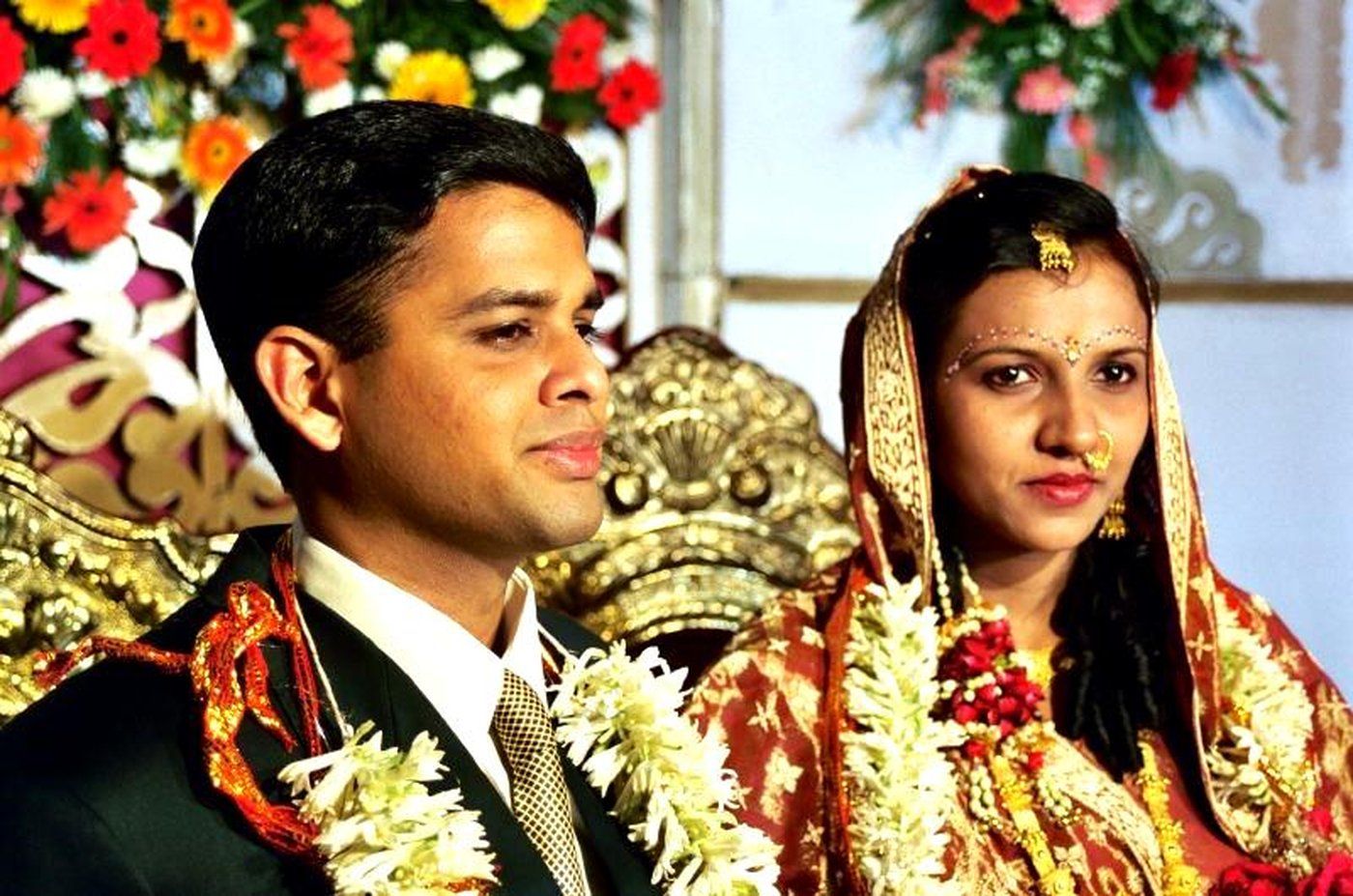Marriage is supposed to offer a couple legal and social protection. However, the sanctity of a marriage gives no protection to couples in interfaith and inter-caste marriages in India. Live-in relationships are increasingly fraught with danger.
Those in interfaith marriages and live-in relationships, therefore, commit to each other with one eye necessarily on security – fearing not only social sanctions but, increasingly, also the state.
A slew of ‘anti conversion’ legislations in different states have restricted the rights of interfaith couples to marry and now, some even seek to regulate live-in relationships.
This is publicly perceived as preventing inter-faith marriages and live-in relationships.
The case of Shafin Jahan, popularly referred to as Hadiya’s case, shows how the imaginary bogey of ‘love jihad’ was raised to take away the agency of an adult woman to make choices relating to intimate decisions like marriage. The case had to go all the way to the Supreme Court to get justice. Most couples do not have the resources or resilience to fight such a public and prolonged battle.
While the state of Uttarakhand has already introduced a Uniform Civil Code (UCC) to control live in relationships, the central government led by the Bharatiya Janata Party (BJP) has for long promised national legislation to usher in a similar national uniform law although its content is unknown for now.
The Uttarakhand UCC, however, is unclear about interfaith marriages.
Although it claims to be uniform, it is not clear how marriages will actually be conducted under it. Uttarakhand’s anti conversion law of 2018, however, is clear. It penalizes ‘conversion by marriage’.
This law allows a Family Court to declare such marriages void, even if the couple wish to live together. Forced physical separation of couples with the young woman being forced to marry someone else is not a difficult scenario to imagine.
India is clearly leaning heavily towards prohibiting interfaith marriages – an ominous sign in a secular nation.
The sanctity of a marriage, therefore, gives no protection to interfaith couples. If those in marriages are not safe, what of the unmarried, in live-in relationships?
The Uttarkhand UCC seeks to regulate and penalize even these.
It mandates that live-in relationships must be compulsorily registered. Failure to do so attracts potential jail sentences. Adults aged under 21 are especially targeted; they are outed to their parents and the police are also informed.
The term ‘live-in relationships’ in India became popular with the Protection of Women from Domestic Violence Act, 2005, which was the result of a prolonged campaign by women’s organizations. It allows women to claim a wide range of reliefs including from domestic violence. To extend protection to all women, the legislation covers all women in a ‘domestic relationship’.
A domestic relationship could include relationship by blood, adoption, family, marriage or ‘a relationship in the nature of marriage’, such as a ‘live-in relationship’. It is distinguished from other short term relationships such as casual sexual encounters and long term relationships like bigamous marriages.
Live-in relationships have been discouraged in family law by privileging marriage for rights such as succession, not just to the parties in the relationship, but children born in such relationships.
The provisions regulating live-in relationships in the Uttarakhand UCC allow the Marriage Registrar, police, parents and society to harass and oppress the young couple. Their right to privacy is violated and they become vulnerable to vigilante attention and harm.
Earlier, the law did not criminalize live-in relationships if they were consensual, did not amount to statutory rape (where the adolescent was below16) and was not a homosexual one.
This changed with two developments: one dealing with LGBTQIA+ rights and the other, raising the age of consent.
Cases from Naz Foundation and finally Navtej Singh Johar decriminalized adult same sex relationships and read down the criminalizing provision in Section 377 of the Indian Penal Code.
In between there was the blip — Suresh Kumar Koushal — which did not find anything unconstitutional about Section 377 and felt that decriminalizing homosexuality would be the legislature’s domain.
Although the law has now changed, LGBTQIA+ live-in relationships continue to be denied the protection of family law, leaving couples without any rights that married couples have. There is also no formal recognition of such live-in relationships.
The other issue that impacted live-in relationships is the regulation of child-marriages by raising the age of consent.
The Protection of Children from Sexual Offences Act was meant to save children up to the age of 18 from sexual offenses. Anyone who indulges in sexual activity of any nature with a child under 18 is punishable under the heavy provisions of this law.
This gender neutral legislation, however, had two significant consequences: it resulted in effectively raising the age of consent to 18 years and it led to children being treated as offenders/victims under the Act. Both led to increasing parental control over children.
It is no surprise then that most prosecutions of child marriages are in ‘romantic cases’ where children exercise agency and not of forced child marriages by parents which are more numerous.
There is now a proposal to increase the age of marriage for women to 21 years – possibly, the highest in the world. This would mean further increasing parental control over choice of marriage, as many women in the country are married by this age.
It is unthinkable that marriages and live-in relationships between adults should become so regimented by the state. This is a violation of constitutional and human rights to have adult agency appropriated by the state and non-state actors.
This insidious creeping of the paternalistic state into romantic and intimate relationships of consenting adults does not show any signs of ebbing. It reflects increased polarization and merges moral policing with the law.
(The author is Professor at the National Law School University of India, Bengaluru. This article was originally published under Creative Commons by 360info)

